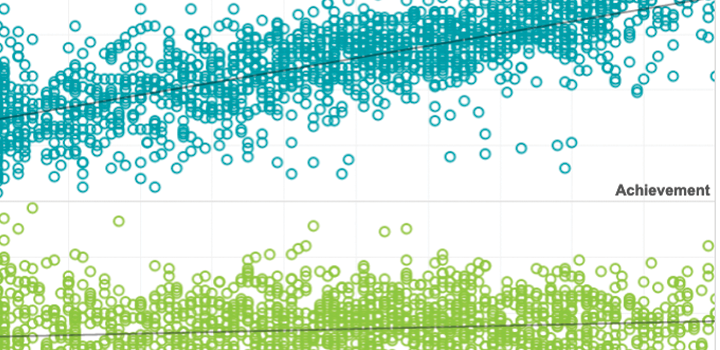Popular Topics

Data Visualizations
View interactive tools that bring complex education issues to life. Explore patterns in growth, achievement, poverty, college readiness, and more.

Research Partnerships
Our collaborations with university researchers, school systems, address diverse education research topics.

Upcoming Research Presentations
Connect with us and learn about our newest research at these conferences and events.
Publications by the Academic Content team
Filter
Select one or more items from the filters below.
APPLY
Clear Results